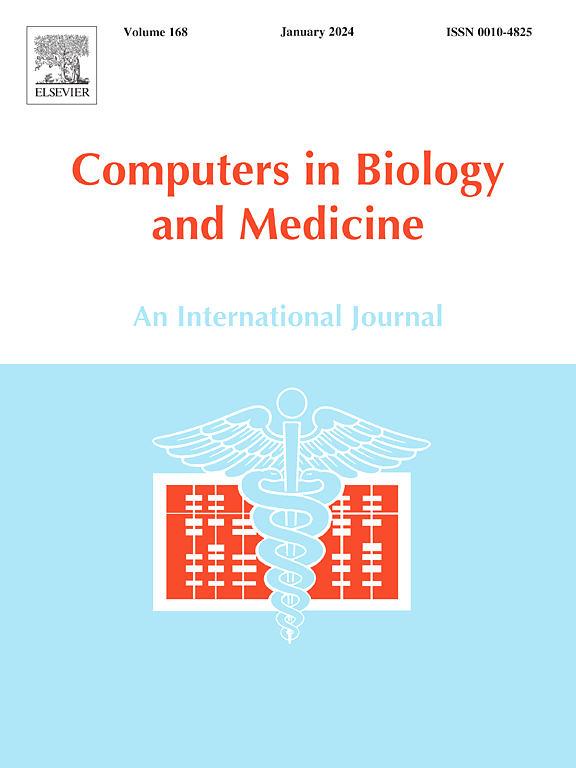Explainable transformer-based deep survival analysis in childhood acute lymphoblastic leukemia
IF 7
2区 医学
Q1 BIOLOGY
引用次数: 0
Abstract
Background
Acute lymphoblastic leukemia (ALL) is the most common type of leukemia among children and adolescents and can be life-threatening. The incidence of new cases has been increasing in recent years. Developing a predictive model to forecast the risk of death can help improve survival rates by enabling clinicians to provide timely and effective treatments. Traditional statistical survival models are limited by predefined assumptions, while current deep survival models, despite their flexibility, struggle with capturing complex and dynamic feature dependencies. Transformers provide a promising solution by using self-attention and multi-head attention mechanisms to overcome these challenges. Moreover, building on recent work in interpretable medical AI, the combination of Transformers and explainable methods can quantify the contributions of each feature to the survival probability prediction.
Methods
This paper proposes an explainable Transformer-based deep survival model to predict patient-specific survival probabilities for ALL. The model combines feedforward networks with Transformer architecture and is trained to minimize a loss function that measures the difference between predicted and actual survival outcomes. In addition, we use Shapley Additive Explanations (SHAP) to interpret the contributions of clinical attributes to the predictions, providing insights from both global and local perspectives.
Results
The proposed model demonstrates robustness by consistently providing higher average survival probabilities for censored patients compared to deceased patients. It achieves an average concordance index (C-index) of 0.945, demonstrating strong predictive accuracy. Through SHAP analysis, we identify three key factors affecting survival outcomes, namely prognosis status, diagnosis year, and histology. Experiment results reveal that our model outperforms state-of-the-art deep survival models in terms of C-index when these important variables are included.
Conclusion
The proposed explainable Transformer-based deep survival model shows strong potential for providing accurate patient-specific survival predictions for ALL. Moreover, the insights gained from SHAP improve the model's interpretability for clinicians, helping them make better-informed decisions regarding prognosis and treatment.
求助全文
约1分钟内获得全文
求助全文
来源期刊

Computers in biology and medicine
工程技术-工程:生物医学
CiteScore
11.70
自引率
10.40%
发文量
1086
审稿时长
74 days
期刊介绍:
Computers in Biology and Medicine is an international forum for sharing groundbreaking advancements in the use of computers in bioscience and medicine. This journal serves as a medium for communicating essential research, instruction, ideas, and information regarding the rapidly evolving field of computer applications in these domains. By encouraging the exchange of knowledge, we aim to facilitate progress and innovation in the utilization of computers in biology and medicine.
 求助内容:
求助内容: 应助结果提醒方式:
应助结果提醒方式:


